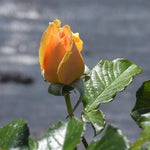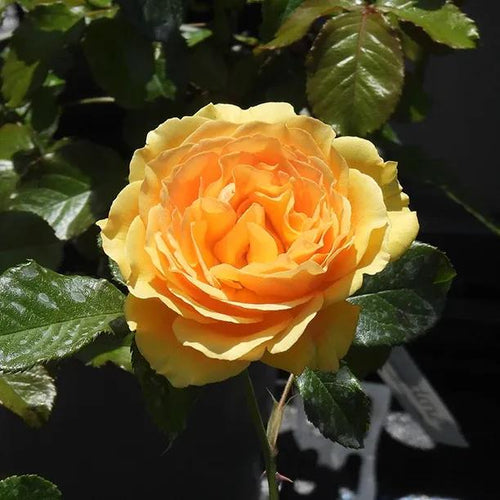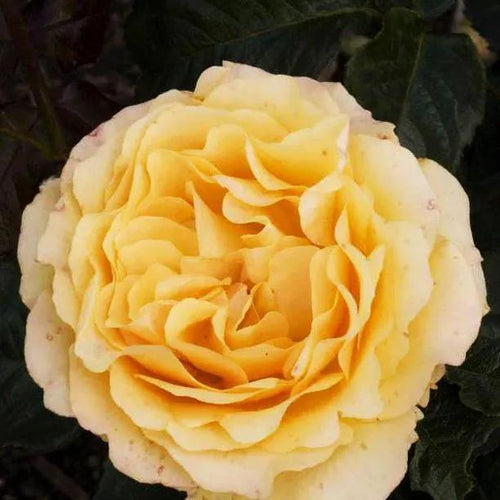Amber Queen Rose Bushes
Amber Queen has large, many-petalled, fragranced, deep apricot-gold roses held in clusters above its plentiful dark green, glossy foliage which is noticeably bronze when young. It's thorny, bushy but tidy, and on the short side, to about 75cm, so it's well-placed towards the front of a border, and is suitable for a large patio container.
Browse our range of Floribunda roses, or all of our rose varieties.
Features
- Colour: Golden apricot yellow
- Height: 60-80cm
- Shape: Multi-petalled Double flowers
- Scent: Medium
- Flowering period: Repeat
- Multi Award Winning
- RHS Award of Garden Merit & Rose of the Year 1984
Growing Amber Queen Roses
Suitable for any well drained soil, they thrive on clay as long as the site isn't waterlogged in winter. Like many roses, they flower best in full sun, but tolerate partial shade well.
History & Trivia
Bred by Harkness from Southampton and Typhoon, registration code HARroony. Introduced to the market in 1984 with a Royal National Rose Society Certificate of Merit already in the bag (rose trials usually get new varieties a couple of years before their public release), it has won awards around the world in every decade since, most recently the 2010 Platinum Rose at The Hague Rose Trials.
In Austria, it's sold under the name Prinz Eugen van Savoyen, a national hero who volunteered to fight in the 1683 Battle of Vienna, breaking the Turkish siege of the city, when he was 20 years old, and going on to become of the country's most renowned Field Marshals.








 Secure, One-Tap Checkout
Secure, One-Tap Checkout
 Hand Picked, Delivered to Your Door!
Hand Picked, Delivered to Your Door! 1 Year Bareroot Guarantee
1 Year Bareroot Guarantee










